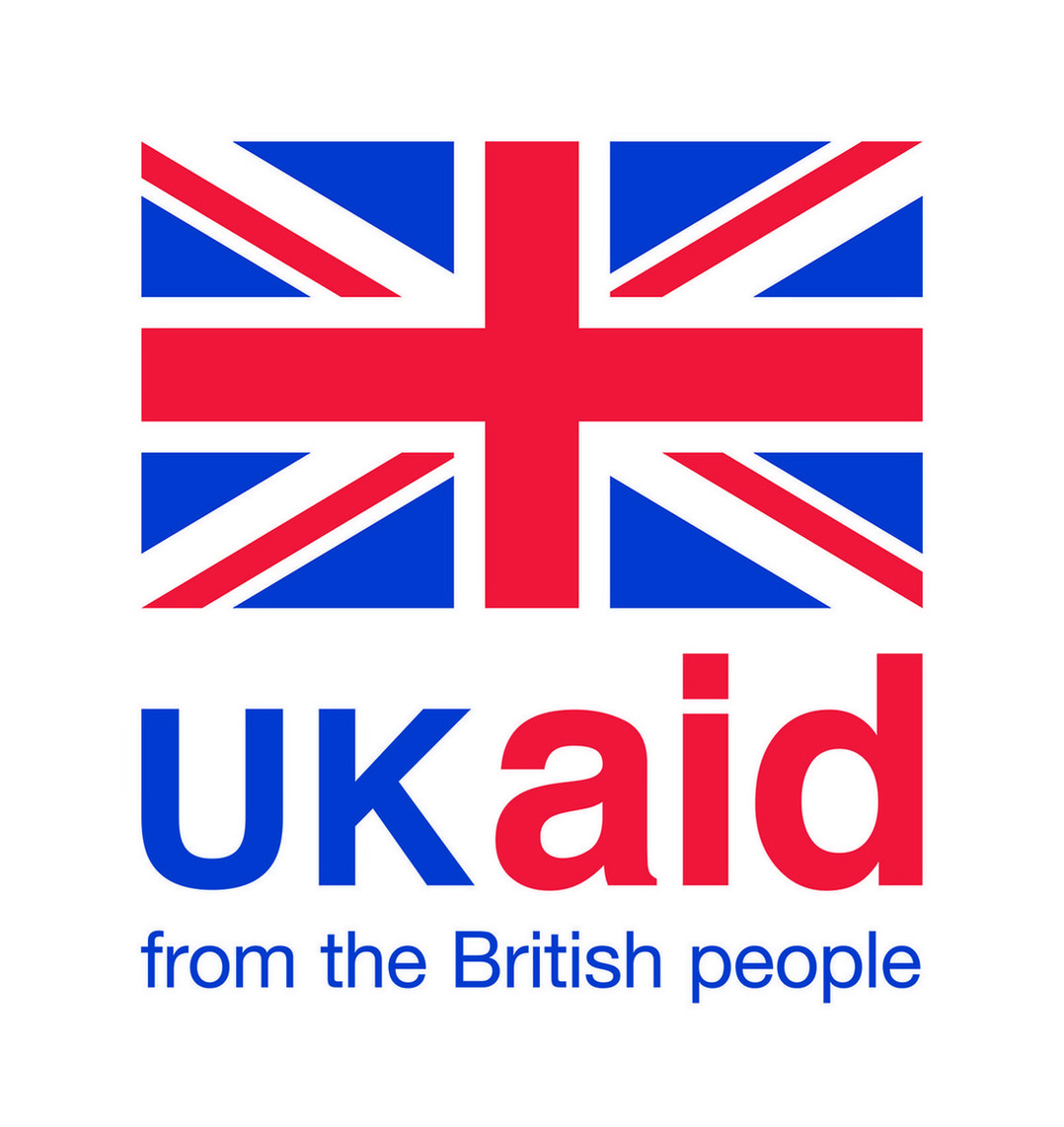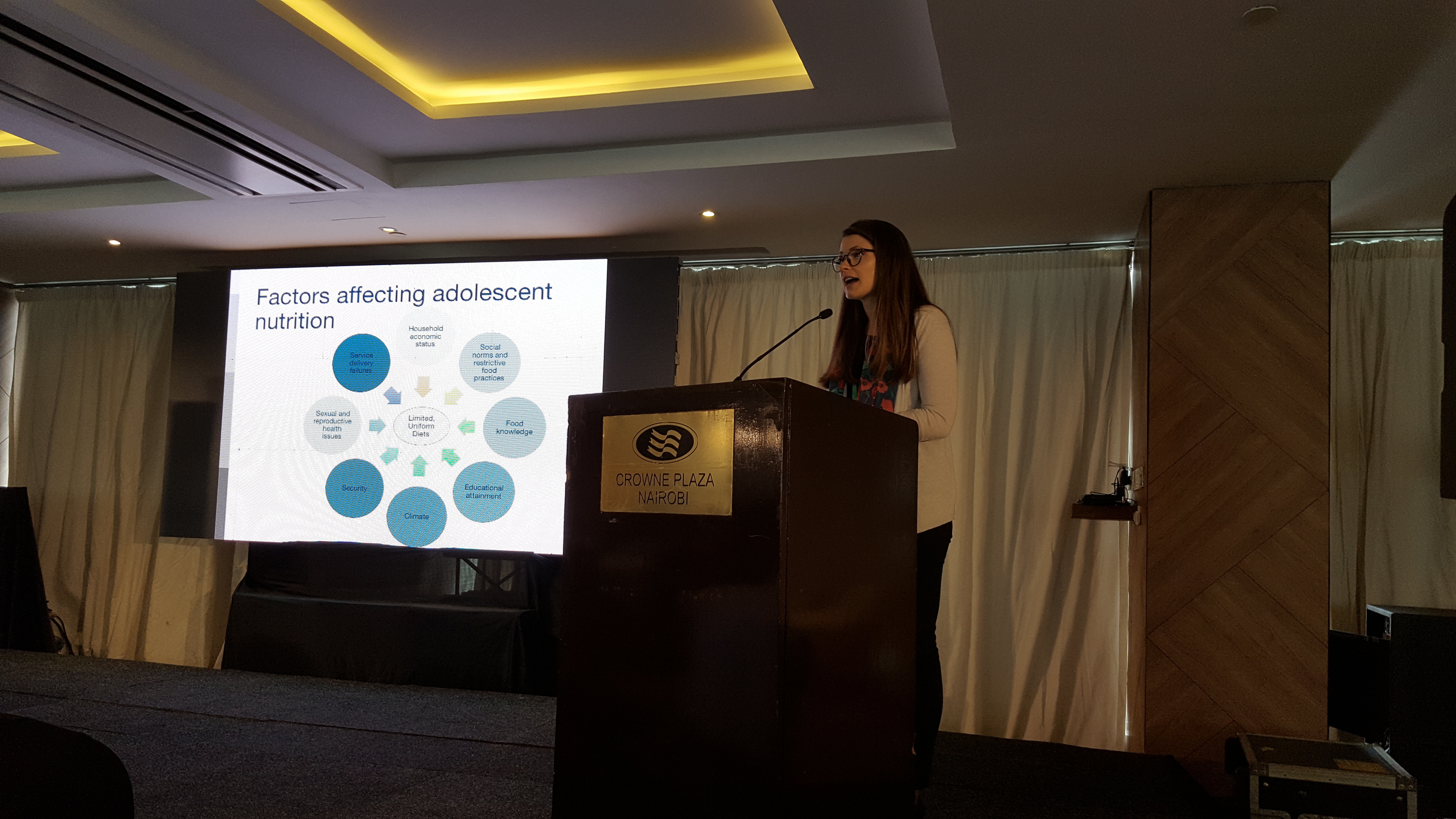On 11 April 2018, I attended the adolescent Nutrition review forum hosted by Ministry of Health Kenya (MOH), World Food Program (WFP), and UNILEVER. Other stakeholders included National Aids and STI Control Program (NASCOP), Nutrition International (NI), Kenya Diabetes Management Institute (DMI) and Well Told Story. The objective of this forum was to disseminate a formative study and landscape analysis on adolescent nutrition in Kenya. The study was also undertaken in Uganda and Guatemala to broaden the insights and learnings. My take home from the various presentations could be summarized in one paragraph:
‘Nutrition is largely neglected in many countries and communities. There is low knowledge of the nutritional value of food, leading to practices that negatively influence household nutrition. A proposed key intervention in most cases is to promote knowledge on healthy living and dietary practices with the aim of improved nutrition and gradual behaviour change. To build traction and acceptance and with it increase chances of sustained behaviour change among adolescents and youth, one has to fully engage adolescents and co-create together with them’.
Apart from the first year from birth, adolescence is the next and only other stage in human life where growth is rapid. Adolescents experience the greatest change in their lives physically, mentally, psychologically and socially. That alone drives the nutrition requirements multiple fold. It is important to stress that quantity of food is not of paramount importance, but rather the quality and nutritional value of the food that supports all round growth and development.
It was pleasant to see extensive use of the human centred approach among key implemented programs. Some examples include:
- As part of the diabetes program, school children were sensitized or informed about proper diet and diabetes, after which they took part in developing posters for their schools and poems encouraging good nutrition and healthy living.
- Within the adolescent nutrition guidelines, teenagers were involved in developing the catchy tagline ‘anza kufeel poa’ (start feeling good), and a jingle to engage adolescents end empower their decisions around food and nutrition.
- For the Weekly Iron Folic Supplementation (WIFS) project, communities were engaged and local resources and materials used to define and communicate concepts, including rocks and pebbles, while children were using instant-print cameras to identify community sources of food.
- GAIN presented on use of an innovative approach using football for girls, to reach over 550 adolescent girls in a 10 weeks pilot to train coaches, and also discuss 10 key nutrition topics.
As part of the day’s discussions these were some of the key considerations for a successful adolescence and youth nutrition campaign:
- Full engagement and co-creation with youth and adolescents
- Context: Engaging students in school requires flexibility and adaptation to school programs and dates.
- Importance of engaging gate keepers (parents, spouses and community) as most adolescents may have the burden of fending for themselves, but face challenges in putting to action recommendations such as dietary recommendations, due to accessibility and affordability.
- With so much interest by adolescents in sexual reproductive health (SRH), programmes such as nutrition may need to collaborate for effective reach and with it help drive uptake of nutrition services, its knowledge and practice.
The following were presented as key asks by young people when planning programmes for them:
- Come to us, fit around our lifestyle
- Make it entertaining
- Show us real experiences
- Speak our language
- Ask us, include us
- Balance traditional vs modern
- Build us for the future
Finally, I had the opportunity to highlight the success in deploying mobile technology for nutrition in our GSMA mHealth programme under the mNutrition initiative supported by UK Aid. These outstanding results support the idea that many nutrition outreach initiatives could benefit greatly from using age appropriate technology, allowing older adolescents with access to mobile phones to tap into appropriate nutritional knowledge and practices. We hope Kenya’s National Nutrition Action Plan will embrace the opportunity for technology to assist in scaling up nutrition KAPs.
This project was funded with UK aid from the British people.


